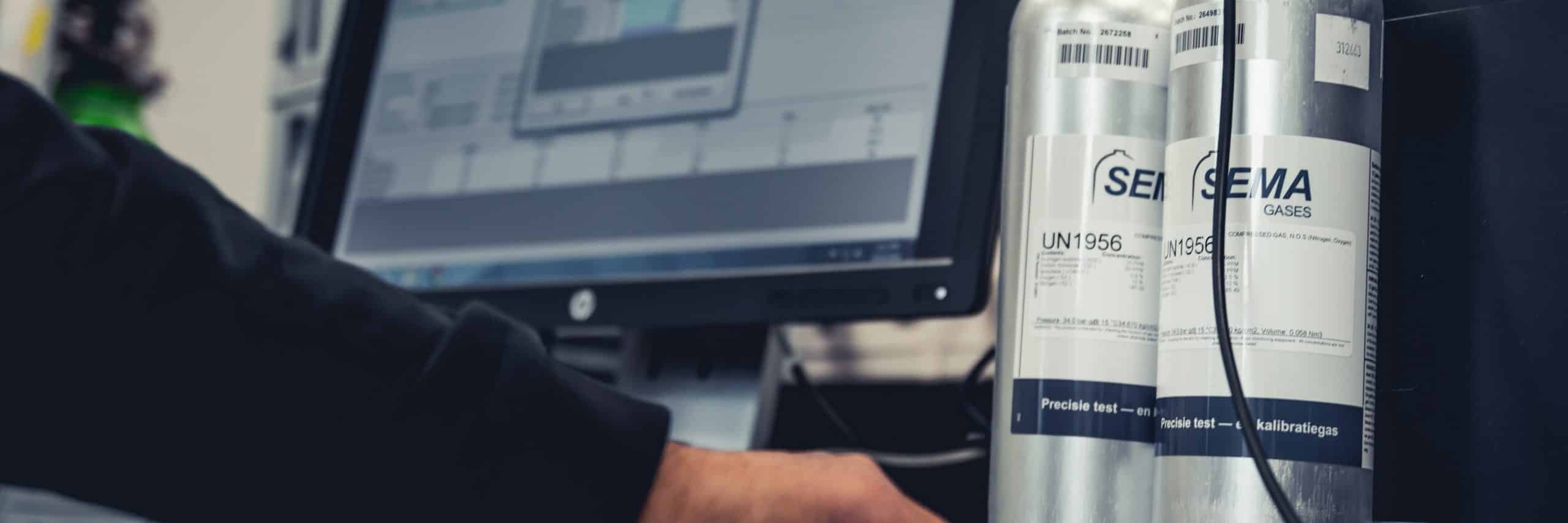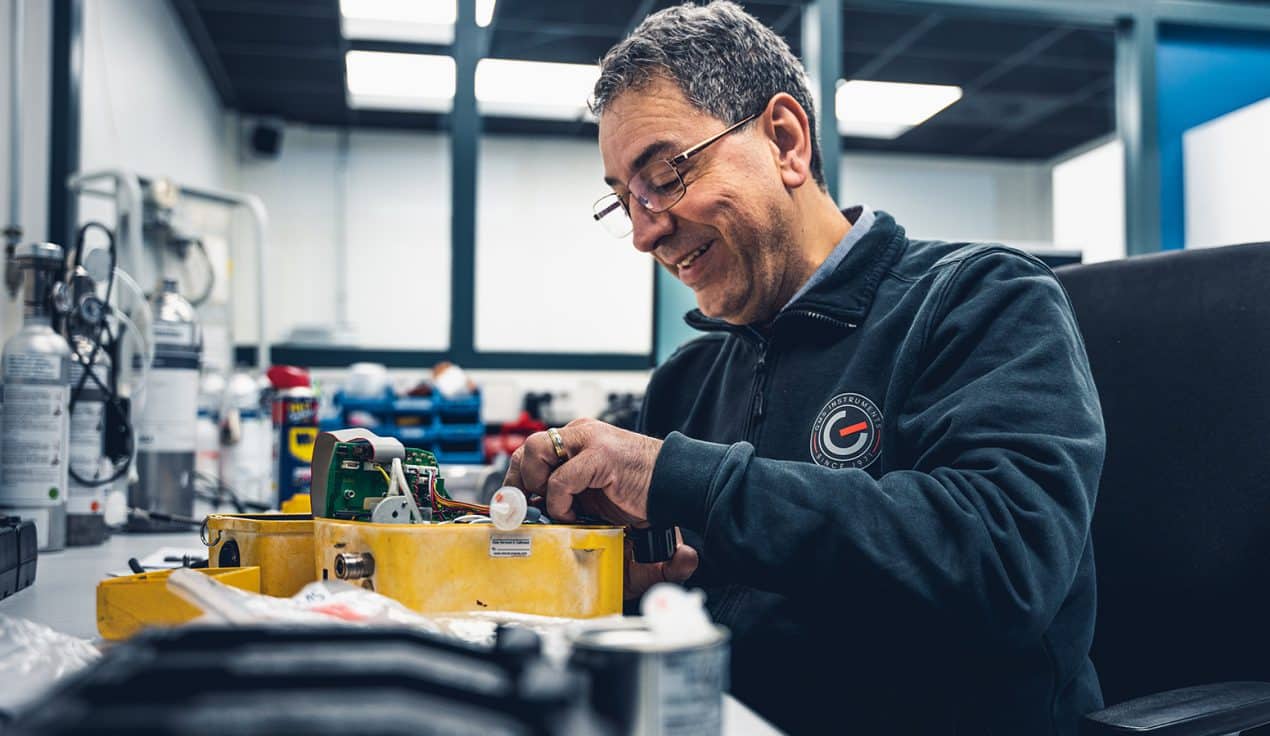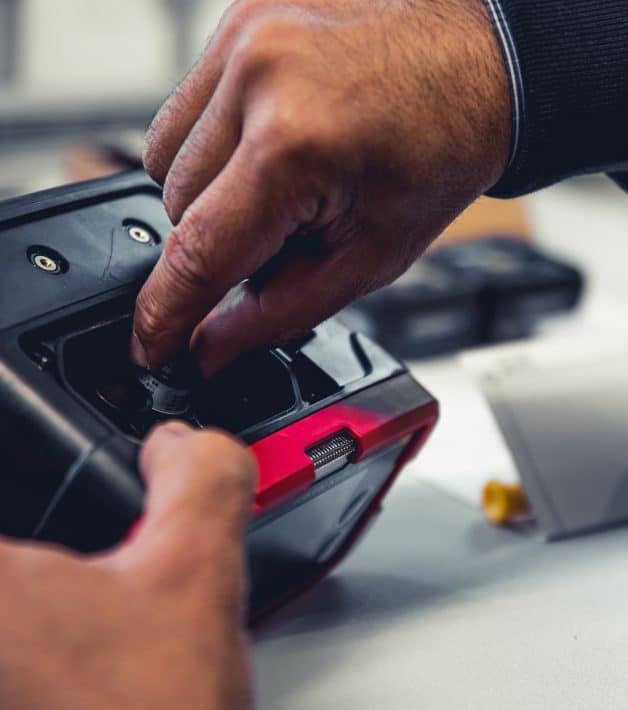
Gas Detector Calibration
Why calibrate your gas detector
by calibrating your gas detector, you can ensure that it will continue to protect you from harm
If you own a gas detector, it’s important to calibrate and service it regularly. Gas detectors are vital tools that keep us safe by alerting us to the presence of dangerous gases. But like any other instrument, they require regular maintenance to function correctly. Gas detector calibration is a relatively simple process, but it’s essential to do it regularly to ensure accuracy. There are many gas detectors on the market, each with its specific calibration requirements. However, the general principle is the same: by calibrating your gas detector, you can ensure that it will continue to protect you from harm.
There are several reasons why gas detector calibration is important:
- First, gas detectors can drift over time, so periodic calibration is necessary to ensure accuracy.
- Second, gas detector calibration helps to identify any potential issues with the gas detector before an emergency situation arises.
- Third, gas detectors that are not properly calibrated may give false readings, which could lead to dangerous situations.
Calibration is the process of adjusting a measuring instrument to agree with standards so that the measurements made are as accurate as possible. All our calibration is done by trained and professional technicians. Calibration is essential because it helps ensure that the measurements made by the gas detector are as accurate as possible. If a gas detector is not calibrated correctly, it could give false readings that could lead to severe consequences. That is why it is important always to let your gas detector be calibrated by professionals. GMS Instruments can service gas detectors remotely or in our laboratory as officials Riken Keiki service point.
Why do your gas detector calibration at GMS Instruments
GMS Instruments is the official service HUB for many of our represented brands. All our technicians are factory trained by Riken Keiki and other suppliers. With our renovated service center in 2023, our in-house facility’s instrumentation and pressure calibrators are state-of-the-art and guarantee high accuracy. Every gas detector calibration report provides international traceable certification. Ask our specialist for more info.
- Official service partner
- Factory trained technicians
- International tracable certificates
- Premium calibration gas powered by SEMA Gases is used
- Usage of original spare parts only

Riken Keiki Calibration
Riken Keiki gas detectors are reliable, but like any piece of equipment, they require regular calibration to ensure accuracy. There are two main methods for calibrating Riken Keiki gas detectors: field calibration and laboratory calibration. Field calibration can be done onsite and is quick and convenient, but it is not as accurate as laboratory calibration. Laboratory calibration is more time-consuming and expensive but provides the most accurate results. No matter which method you choose, it is important to calibrate your Riken Keiki gas detector on a regular basis to ensure its accuracy.
Field calibration is easy to perform. You only need a Riken Keiki Gas Detector, a corresponding SEMA Gases calibration gas, and a Riken Keiki Calibration Adapter. The first step is to connect the detector to the adapter. Next, turn on the Riken Keiki Gas Detector and allow it to warm up for at least two minutes. Then, open the valve on the regulator on the SEMA Gases calibration gas and allow the gas to flow into the detector for about 30 seconds. When an alarm is set, your detector is good to go. Finally, close the valve on the regulator and remove the adapter from the detector. That’s it! You’ve successfully field-calibrated your Riken Keiki gas detector.
Calibration gasses
Calibration gas is used to calibrate or adjust the reading of a gas detector. The gas detector is set to the known concentration of the calibration gas. The calibration gas is usually just nitrogen with a small amount of the gas you detect. For example, a calibration gas for methane would be primarily nitrogen with a small amount of methane. A span gas is used to check the upper and lower limits of the calibration range of the gas detector. It is generally much higher or lower than the calibration gas concentration.
For example, a methane detector might have a calibration range of 0-100 ppm. The calibration gas would be somewhere in that range, say 50 ppm. The span gas might be 10,000 ppm methane. So, when you use it, you should get a reading near the upper limit of 100 ppm. If you don’t, then something is wrong with the detector – it needs to be calibrated or replaced. Calibration and span gases are not the same things, although they are both common terms in industrial hygiene. Span gases are used to check the accuracy of calibration gases.
From Tokyo to Rotterdam
When working with critical instrumentation, you want to ensure that it works as it should. The same goes after a calibration or service inspection of your gas detector. You must trust the technician that worked on your gas detector. Therefore all service technicians working on gas detection instrumentation have been trained and certified by the manufacturer. That’s how we provide Japanese skills from Riken Keiki to Rotterdam.

Service Center
Discover all GMS Instruments Services
Gas detector calibration needed?
We're there to provide you with the best solution

Tharwat Younan
Service Technician Service Center

Product Catalog
- Download our newest product catalog
- Download
